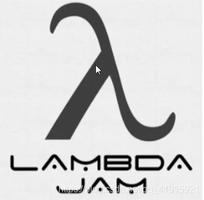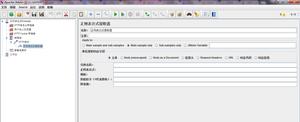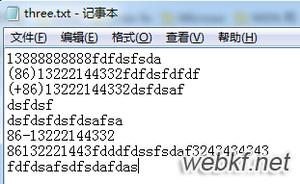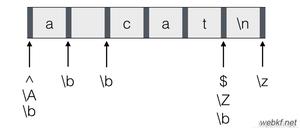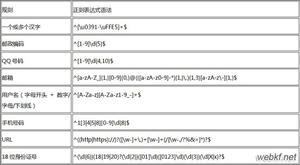Java正则表达式捕获组
我试图理解此代码块。在第一个中,我们在表达式中寻找什么?
我的理解是,它是任意字符(0或多次),后跟0到9之间的任意数字(1或多次+),后跟任意字符(0或多次)。
执行此操作时,结果为:
Found value: This order was placed for QT3000! OK?Found value: This order was placed for QT300
Found value: 0
有人可以和我一起经历这个吗?
使用捕获组的优点是什么?
import java.util.regex.Matcher;import java.util.regex.Pattern;
public class RegexTut3 {
public static void main(String args[]) {
String line = "This order was placed for QT3000! OK?";
String pattern = "(.*)(\\d+)(.*)";
// Create a Pattern object
Pattern r = Pattern.compile(pattern);
// Now create matcher object.
Matcher m = r.matcher(line);
if (m.find()) {
System.out.println("Found value: " + m.group(0));
System.out.println("Found value: " + m.group(1));
System.out.println("Found value: " + m.group(2));
} else {
System.out.println("NO MATCH");
}
}
}
回答:
你遇到的问题是量词的类型。你使用的是贪婪的量词在第一组(索引1 -指数0代表整Pattern),这意味着它会匹配尽可能多的,因为它可以(而且因为它是任何字符,它会匹配尽可能多的字符作为有为了满足下一组的条件)。
简而言之,.*只要下一个组\\d+可以匹配某个内容(在本例中为最后一位),你的第一个组就会匹配任何内容。
按照第三组,它将匹配最后一位数字之后的任何内容。
如果将其更改为第1组中的勉强量词,则会得到我想像的结果,即3000部分。
请注意第一组中的问号。
String line = "This order was placed for QT3000! OK?";Pattern pattern = Pattern.compile("(.*?)(\\d+)(.*)");
Matcher matcher = pattern.matcher(line);
while (matcher.find()) {
System.out.println("group 1: " + matcher.group(1));
System.out.println("group 2: " + matcher.group(2));
System.out.println("group 3: " + matcher.group(3));
}
输出:
group 1: This order was placed for QTgroup 2: 3000
group 3: ! OK?
Java的更多信息Pattern 这里。
最后,捕获组由圆括号分隔,并提供了一种非常有用的方式来使用后向引用(以及其他方法),只要你Pattern将其与输入匹配即可。
在Java 6中,只能通过组的顺序来引用组(请注意嵌套组和排序的精巧性)。
在Java 7中,这很容易,因为你可以使用命名组。
以上是 Java正则表达式捕获组 的全部内容, 来源链接: utcz.com/qa/419314.html

